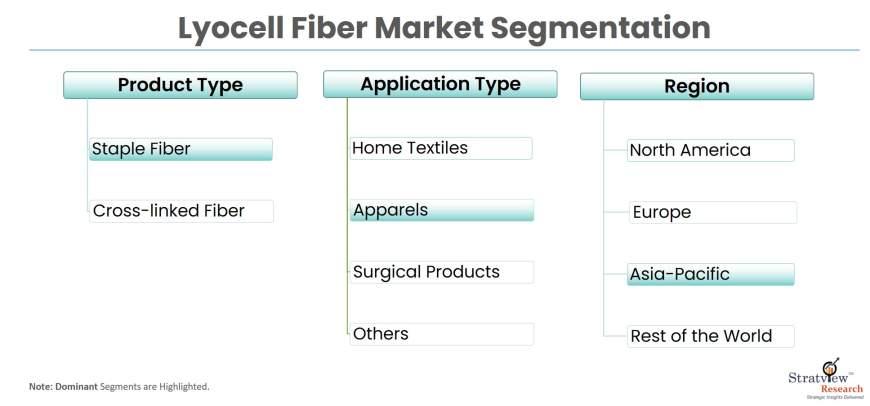Lyocell fiber is a type of regenerated cellulose fiber gaining significant traction in the textile industry. Derived from wood pulp and processed through a closed-loop system, lyocell offers a sustainable and versatile alternative to conventional fibers like cotton and polyester. This article explores the current state of the lyocell fiber market, delving into its global trends, market size, and the leading players shaping this evolving landscape.
Global Trends Driving the Lyocell Fiber Market
Several key trends are propelling the lyocell fiber market forward:
Consumers are increasingly conscious of the environmental impact of the clothing they wear. Lyocell's eco-friendly production process, minimal water usage, and biodegradability align perfectly with this growing demand for sustainable textiles.
Lyocell's unique properties like breathability, moisture absorption, and drape make it ideal for activewear and performance apparel. This demand is further fueled by the growing popularity of health and wellness activities.
Advancements in lyocell production technology are leading to cost reductions, making the fiber more accessible to a wider range of brands and consumers. This opens doors for broader market penetration and increased adoption.
Stringent regulations on environmental practices and growing support for sustainable production are encouraging the use of eco-friendly alternatives like lyocell. This creates a favorable environment for market growth.
Lyocell's ability to blend with other fibers like cotton and wool expands its application possibilities, offering new textures and functionalities. Additionally, ongoing research and development in lyocell production are leading to innovative applications across various industries.
Market Size and Growth Projections
According to Stratview Research, the global lyocell fiber market size was valued at USD 998.53 million in 2022 and it is projected to grow at a CAGR of 8.13% during the forecast period of 2023-2028. This growth trajectory highlights the increasing adoption and demand for lyocell fiber across diverse applications.
Segmentation of the Lyocell Fiber Market
The market can be segmented based on various factors:
- Product Type: Staple Fiber and Cross-linked Fiber
- Application Type: Apparels, Home Textiles, Surgical Products, Baby Diapers, Automotive Filters, and Others.
- Geography: North America, Europe, Asia Pacific, South America, and Middle East & Africa.
Leading Players in the Lyocell Fiber Market
Several prominent players are shaping the lyocell fiber market landscape, including:
- Lenzing Group (Austria): A leading global producer of lyocell fiber under the Tencel™ brand, known for its commitment to responsible production practices.
- Shandong Sateri (China): A major player in the Chinese market, focusing on expanding its lyocell production capacity to meet growing demand.
- The Aditya Birla Group (India): A prominent player in the Indian textile industry, recently venturing into lyocell fiber production under the Birla Cellulose brand.
- Acelon Chemicals & Fiber Corporation (Philippines): A leading producer of specialty fibers, including lyocell, with a focus on innovation and sustainability.
- Chonbang Co., Ltd. (South Korea): A key player in the South Korean textile market, recently investing in lyocell production to cater to the growing demand for eco-friendly textiles.
These companies are actively investing in research and development, capacity expansion, and strategic partnerships to maintain their competitive edge in the evolving lyocell fiber market.
Conclusion
The lyocell fiber market offers a promising outlook driven by its sustainable credentials, performance benefits, and growing consumer demand for eco-conscious products. As technological advancements continue and production costs decrease, lyocell fiber is poised to play a significant role in the future of the textile industry, paving the way for a more sustainable and responsible fashion landscape.
